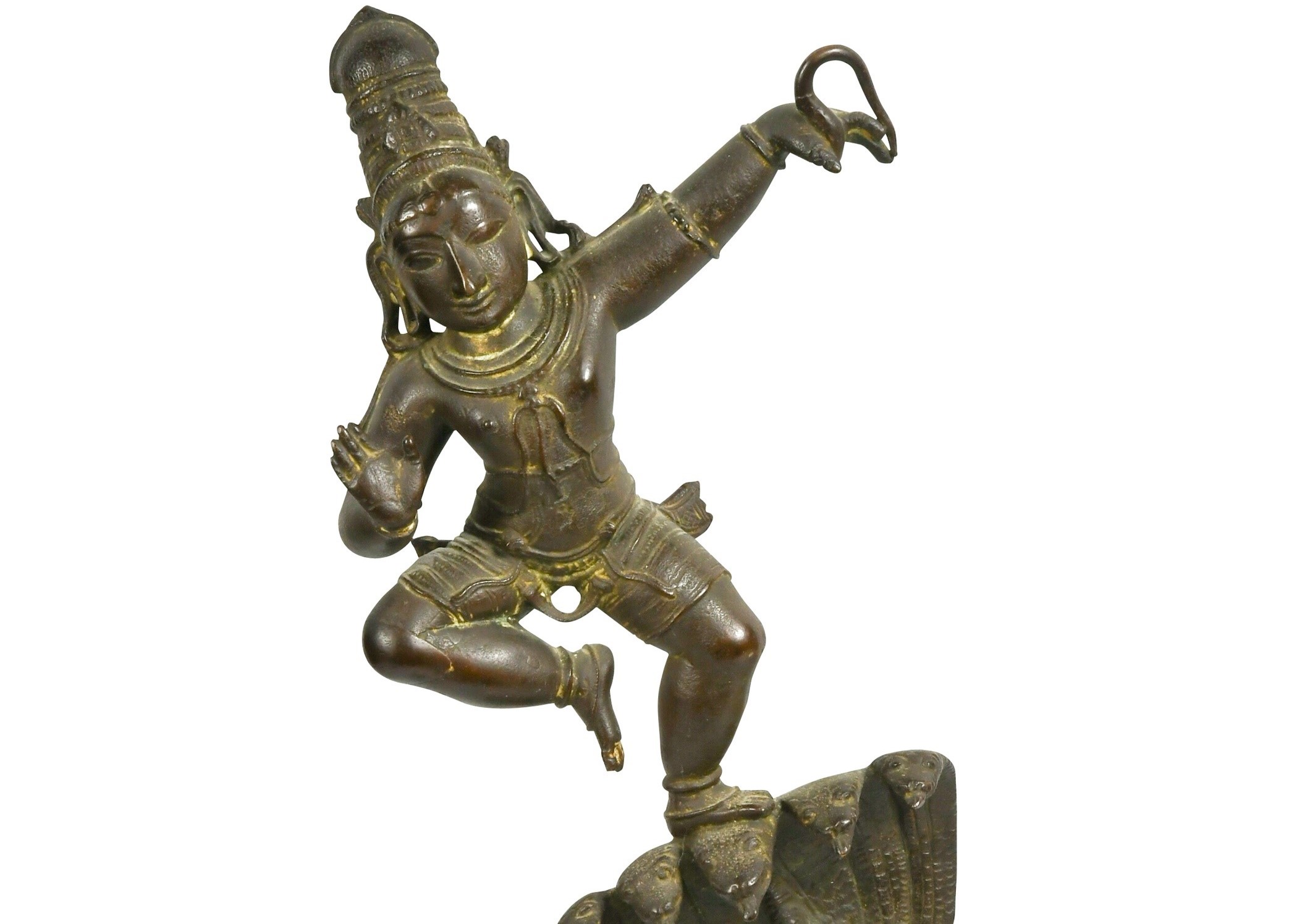

Recent sales at Cheffins have seen some notable prices realised for Indian art and artefacts. We have witnessed a growth in this field lately, something we saw with the Chinese market many years ago.
18/10/2024 Fine Art, Sculpture & Works of Art
This is a result of the reforms and growth of India’s economy. Modern Indian art, for example, is finally reaping the benefits of a transformation of the country’s cultural scene. Part of this has been helped by the investment of wealthy Indian business people, such as the technology billionaire, Shiv Nadar, whose wife Kiran is an important collector of Indian art. The Kiran Nadar Museum of art is moving to a new home which will open in 2027 and is symbolic in the changing attitudes of Indian art. Nadar recently commented:
“Years of commitment to Indian and South Asian art by institutions, private collectors and foundations are finally seeing results - there is a global interest in our region right now - this is obvious from the number of artists being represented at the 60th Venice Biennale, and institutional exhibitions currently on view that showcase South Asian artists: Public Art Fund showing Huma Bhabha in NY, the Museum of Fine Arts Houston showing Raqib Shaw, The Barbican showing Ranjani Shettar, and the Yorkshire Sculpture Park showing Bharti Kher, among others.”
Another, less known factor for the increase in interest, is that of homesickness. Expats are looking back at their country. Indians, for example, are now the wealthiest minority community in the America.
Cheffins has seen firsthand the results of this growth across a variety of disciplines.
For example, lot 140 in the September Fine Sale was two hand-coloured aquatints by
Thomas Daniell RA (1749-1840) and William Daniell RA (1769-1837). They depicted the Tremal Naig's Choultry, Madura, 1798, and A Minar At Gour (Ancient Capital of Bengal), 1808, and were plates XVIII and XXIII from Oriental Scenery (Abbey Travel, nos. 44 & 74). After fierce bidding, they eventually sold for £5,500.

A Minar At Gour (Ancient Capital of Bengal), 1808
In the same auction, lot 87, the Indian bronze figure of Krishna dancing on Kaliya, outstripped its’ £200 – £300 estimate. It was fought over by both UK and Indian telephone bidders and eventually sold for £6,500.
The October Library Sale also witnessed this growing demand. Lot 339, a Group of eight medical journals circa 1821-58, by John Surgeon Scott (1797-1859) of The Honourable East India Company saw frantic bidding. They were handwritten copy reports whilst he served as surgeon for the Honourable East India Company, commencing in 1821 on board the East Indiaman ship 'Farquharson'. They included copious lists of soldiers, sailors and passengers travelling to India and China in 1821/22, detailing their medical complaints, the doctor's comments, prescriptions and general case notes with dates. Further volumes cover his medical reports in India, including treating wounds received during the Indian campaigns. The lot sold for £8,000 – significantly above the £1,000 – 2,000 estimate.

Medical journals circa 1821-58, by John Surgeon Scott (1797-1859) of The Honourable East India Company
Brett Tryner comments: “I am pleased that Cheffins are part of this cultural awakening of Indian art and antiques. India has both a rich artistic past and present, and the art market’s reaction to the growing interest is absolutely justified.”